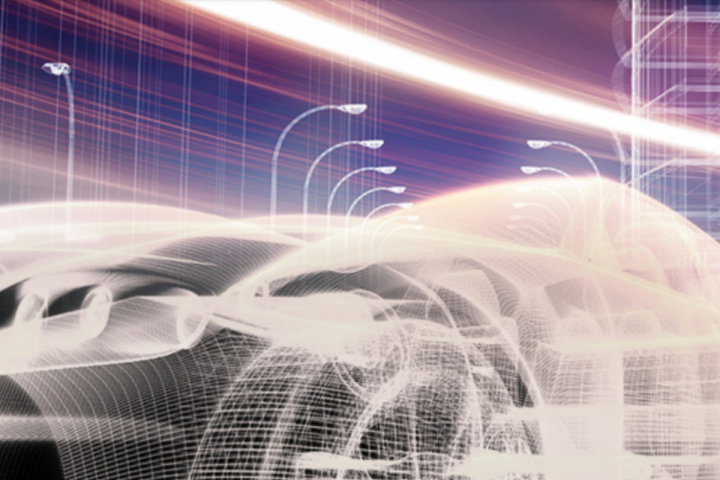
If you drive an Entune-equipped Toyota (most of them) or a Lexus with Enform, you’re already using connected-car software from UIEvolution (recently renamed Xevo). Besides getting a new name, Xevo is also about to acquire Surround.io, a Seattle-based machine learning startup, and has ambitions to connect everything.
Current Xevo platforms integrate navigation and location-based applications, vehicle on-board diagnostic systems, entertainment, infotainment, and communications systems, and limited third-party apps. By combining and analyzing in-car data with cloud-based analytics and machine learning, Xevo’s mission is to improve safety and performance and “enhance the driving experience.”
As connected car systems evolve, the plan is for vehicles from the same manufacturer to communicate with each other and with the car maker without requiring user action. The information could provide drivers with a heads up for nearby impaired or distracted drivers, obstacles ahead, real-time weather notifications, and more. Manufacturers can use the data to monitor vehicle operation and performance to detect problems and inform customers about make and model issues, sales and service notifications, and component wear updates. Hyper-targeted marketing within the brand or demographic will also be part of the manufacturer-to-customer information mix.
Surround.io has been working on a large scale machine-learning platform to enable “vast numbers of cars to share information and act cooperatively.” By joining Xevo, with its existing platform and customer base, the Surround.io resources will bring additional big data analytics, machine learning, and computer vision technology and expertise to Xevo.
“We are excited about the opportunity to join forces with Surround and announce our company name change to Xevo,” said Dan Gittleman, Xevo CEO. “This acquisition reflects the natural evolution of the company to fully embrace the impact of AI and computer vision on the automotive industry.”
Driving will be safer with more intelligent connected car networks even without the parallel developments toward fully autonomous vehicles. Along the way, customers, drivers, and passengers will have to adjust to our cars observing and telling other vehicles and manufacturers where we are, where we’re going, and what we’re doing.
Xevo, is a tier 1 automotive supplier — a major league parts and components source for the industry. According to a company rep, nearly 10 million cars are using Xevo technology to date. Xevo is reportedly in talks with other major car manufacturers but is not releasing any names. Digital Trends noted logos for Honda, Acura, Mitsubishi Motors, Subaru, and Mercedes-Benz in addition to Toyota and Lexus scrolling on a banner on the bottom of Xevo’s web page, so those could be clues to the company’s expansion plans.



